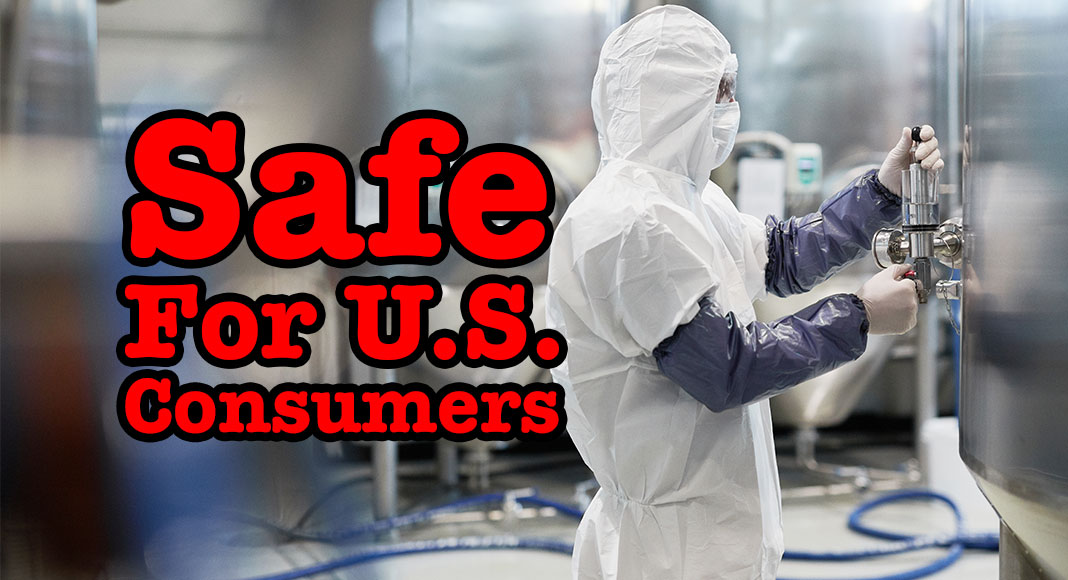
Mega Doctor News
By University of Maryland, Robert H. Smith School of Business
Newswise — A combination of factors including the current corporate tax rate makes pharmaceutical production in the United States more attractive now than investing in either China or India. And adopting advanced technologies such as Continuous Manufacturing (CM) further positions the United States to recapture a prominent position in pharmaceutical manufacturing.
This finding comes in a new Food and Drug Administration (FDA) and Health and Human Services-funded study by risk management expert Clifford Rossi, professor-of-the-practice, and executive-in-residence at the University of Maryland’s Robert H. Smith School of Business.
Such repositioning will require policy measures to effectively reduce U.S. consumer exposure in an industry currently with more than 100 FDA-listed shortages of basic drugs, as more than half of finished dosages are produced by manufacturers in foreign markets and where, collectively, 74% of all registered facilities producing active pharmaceutical ingredients are overseas, writes Rossi in “A Comparative Risk & Financial Analysis of Batch and Continuous Pharmaceutical Manufacturing Technologies,” which was funded through the University of Maryland’s Center of Excellence in Regulatory Science and Innovation (CERSI).
The Biden Administration’s inclusion of pharmaceuticals in its Executive Order on America’s Supply Chains suggests a start, Rossi says. This follows COVID-19 exposing shortages of 45 drugs critical against the virus and the 2018 valsartan recall that caused doctors to quickly find alternative blood pressure and heart medications for millions of patients due to impurities found in the active pharmaceutical ingredients (APIs) used in making valsartan.
Continuous vs. Batch
Rossi used simulation analysis to generate 10,000 different investment outcomes from 156 domestic and foreign manufacturing scenarios. The findings “showed, in the U.S., continuous management (CM) processes in nearly all scenarios were more economical than current batch processing, he says. “Further, under current U.S. corporate tax rates, U.S. batch and CM processing was more economical than the batch processing of pharmaceutical products in China or India.”
However, a “bifurcated market between brand and generic drugs” shapes the present dependence on foreign, batch processed drugs, Rossi explains. “The development of many blockbuster and other important drugs provides a period of exclusivity for brand manufacturers that enables companies to recapture huge R&D investment costs made early in the product life cycle. But once this protection window against generic competition closes, the market becomes highly competitive, less profitable and more cost centric.”
The CM process can be a positive disruptor here as it takes place in one facility, start to finish, without hold times. Comparatively, decades-old batch manufacturing involves multiple steps with varying stop and start times. In some situations, materials are shipped between locations and production time can take weeks or months.
Policy Lag, Enduring Biases
Even though other industries such as commodity chemicals and food processing have for decades relied on continuous manufacturing processes, “very little investment in CM-based pharmaceutical manufacturing has taken place thus far, and most of that investment has been by large brand companies,” Rossi says. “Further, there is no indication the industry has refocused much of their manufacturing investments toward the U.S.”
Rossi identifies key factors driving this lack of investment:
- Lack of solid data on CM investment and operating costs that raises investment uncertainty
- Potential management bias toward proven technology
- Market factors that favor greater focus on R&D investment over manufacturing investment
- Global regulatory uncertainty regarding product approval leveraging advanced manufacturing processes
- More stringent environmental regulations in the U.S.
- Differential corporate tax rates between the U.S. and other countries
- Large percentage of API manufacturing outside the U.S. that can, due to supply chain logistics, affect finished dosage form end products
“Crafting public policies to address such industry barriers and risks to domestic and advanced technology pharmaceutical manufacturing investment will be essential in ultimately stimulating such investments,” Rossi says. Expanding tech-sharing, public/private partnerships is another means to leverage CM technology and spur domestic pharmaceutical manufacturing, Rossi says. “This would go a long way toward strengthening the U.S. pharmaceutical supply chain and mitigate a variety of risks to ongoing drug product supply and quality from an increasingly unsteady geopolitical environment.”










